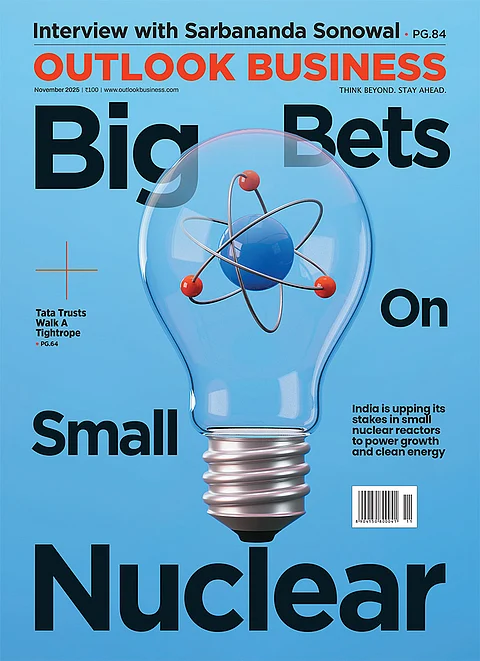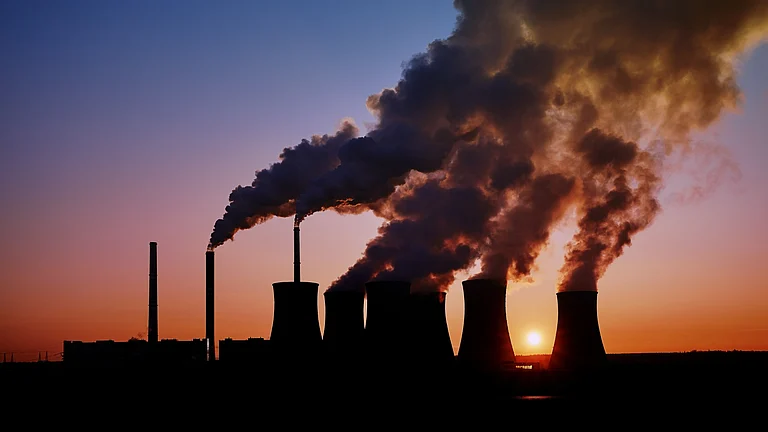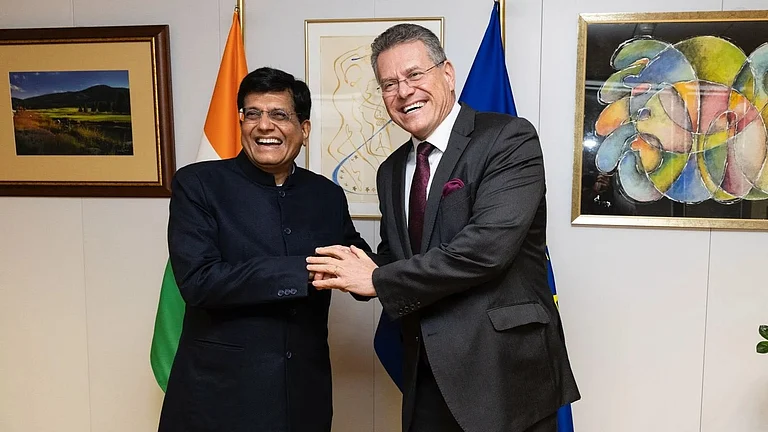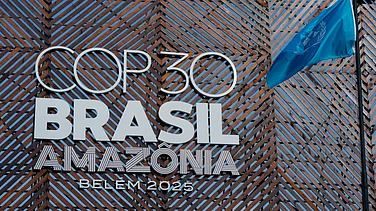
CSEP report uses a bottom-up, sector-wise method to estimate India’s climate finance needs for deep decarbonisation.
Over 80% of the $467 billion requirement stems from steel and cement due to costly carbon capture and storage (CCS) technology needs.
Experts suggest blended finance, public-private coordination and fiscal flexibility to close the climate finance gap.
India will need to mobilise $467 billion in climate finance by 2030 to substantially decarbonise four of its most carbon-intensive sectors including power, steel, cement and transport, according to a study published by the Centre for Social and Economic Progress (CSEP).
The study titled India's Climate Finance Requirements: An Assessment, authored by economists Janak Raj and Rakesh Mohan for the CSEP and the Task Force on Climate, Development and the IMF, was released on August 21.
It moves away from conventional top-down modelling approaches and instead uses a bottom-up methodology, estimating sector-wise climate finance requirements to present what the authors described as a "granular understanding" of India's challenge.
The study found that decarbonising the four sectors, which together accounted for more than 50% of the country's carbon dioxide emissions in 2023, would require an average of $54 billion a year between 2022 and 2030. This amounts to around 1.3% of India's GDP.
"Contrary to the common narrative, the study finds that it is not the power sector, but the steel and cement sectors which need large climate finance," Raj told PTI.
"Both the steel and cement are hard to abate sectors, which require the use of an expensive carbon capture and storage (CCS) technology, but it is the only feasible option at this stage," he added.
Sectoral Finance Needs Breakdown
The report stated that over 80% of the $467 billion requirement will come from steel and cement alone, which require the largest amount of $251 billion and $141 billion, respectively. By contrast, decarbonising the power sector would need about $57 billion, significantly lower than prevailing assumptions, due to the declining capital costs of renewable energy.
The transport sector will also demand significant investment, particularly in accelerating the transition from internal combustion engine vehicles to electric mobility.
This, the report said, would require scaling up charging infrastructure, creating viable financing mechanisms and strengthening regulatory frameworks.
Mohan told PTI that while the numbers are substantial, they are achievable.
"The incremental financial resources needed for climate change mitigation in India for four key emitting sectors — energy transition, steel, cement and road transport — at an annual average of 1.3% of GDP up to 2030, are within reach," he said.
Bridging the Financing Gap
The study underscored a financing gap that will need to be bridged through both domestic and external sources. It said that India may have to prudently expand its current fiscal deficit up to 2.5% of GDP to absorb external climate finance, but stressed the importance of complementing this with domestic mobilisation by stepping up the saving rate.
Key policy recommendations mentioned in the report include incentivising private investment in steel and cement through targeted subsidies, R&D support and international technology transfer.
By adopting a bottom-up methodology—assessing finance needs sector by sector—India can design tailored climate strategies. According to a 2023 report published by the International Finance Corporation (IFC), blended finance tools like concessional loans, guarantees and R&D incentives can de-risk investments in high-emission sectors such as steel and cement, while strengthening public-private coordination to unlock both domestic and external capital.
Blended finance investments have grown significantly in the past decade globally representing an aggregated financing of over $160 billion in 2021, with annual capital flows averaging approximately $9 billion since 2015, according to World Bank. At the same time, the blended finance market in India is growing and at a critical inflection point.
































